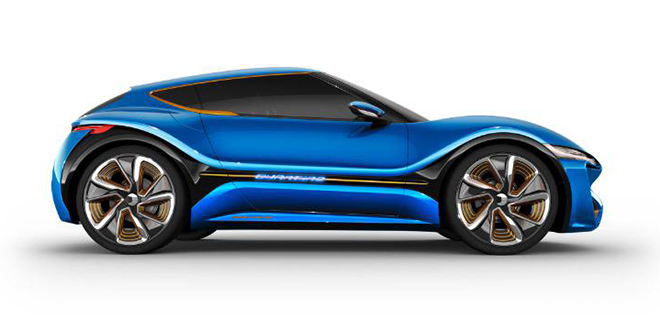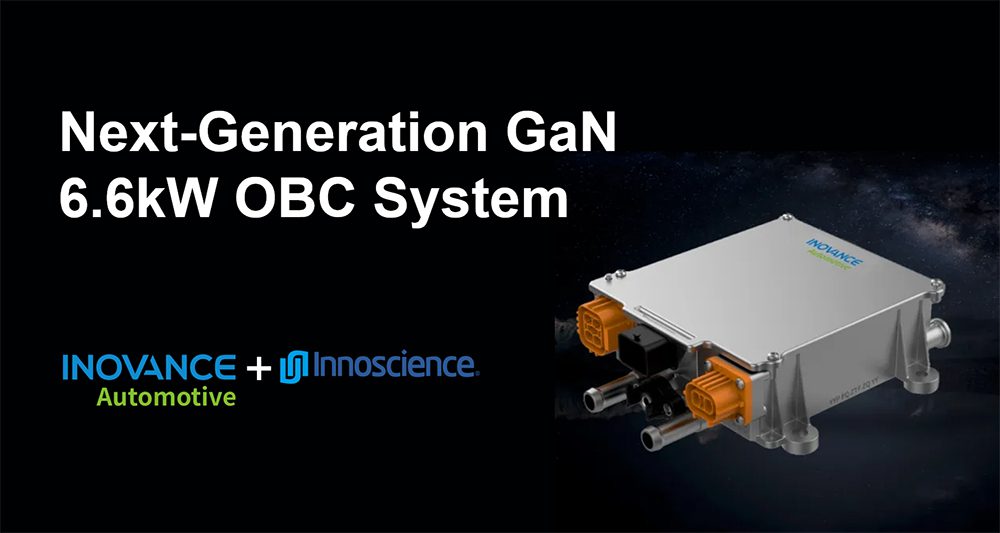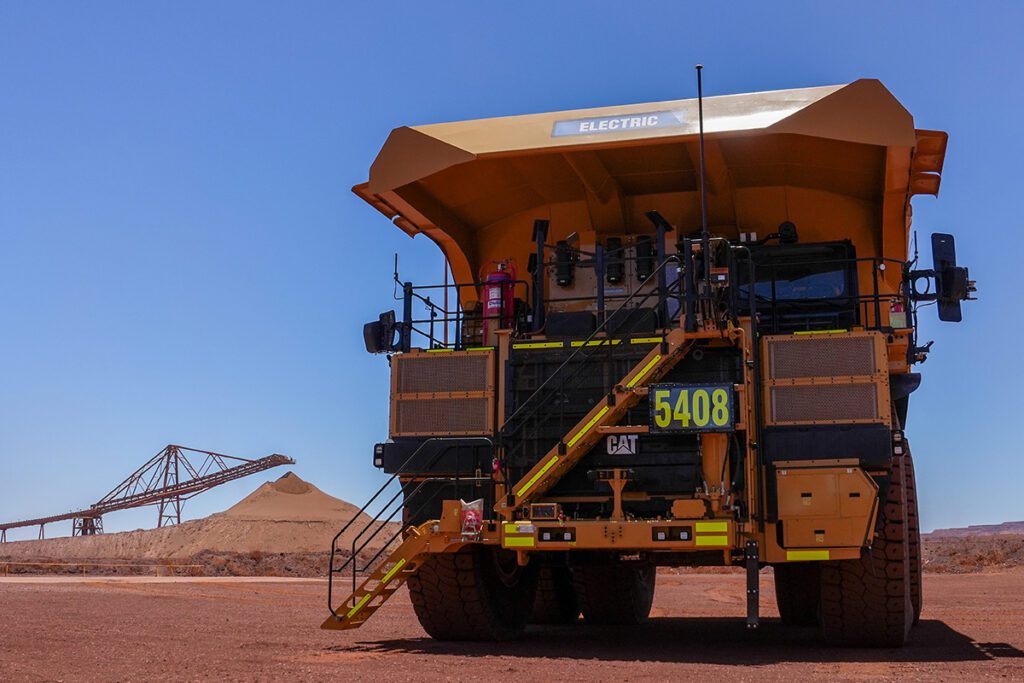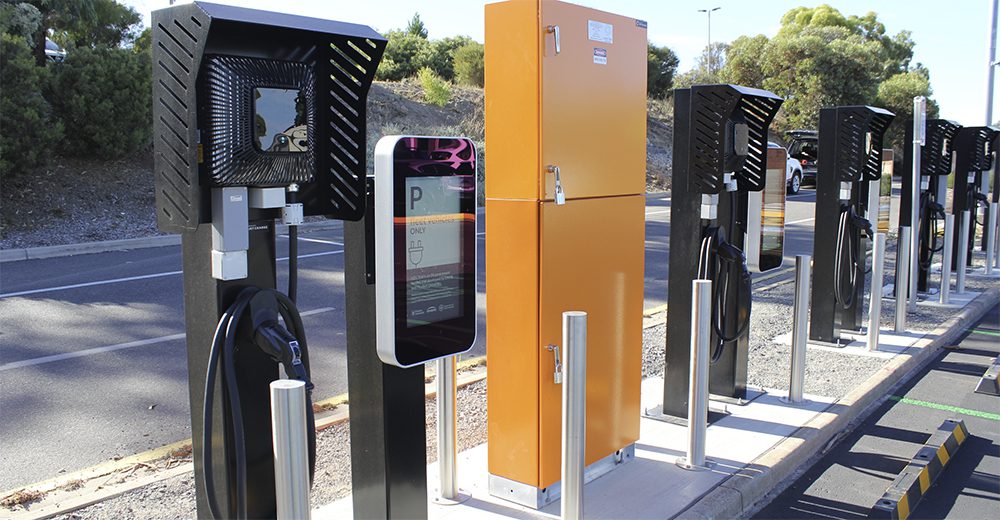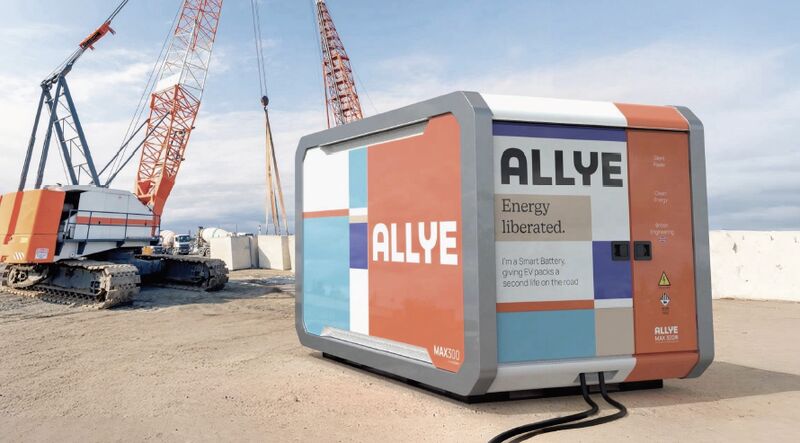Liechtenstein-based nanoFlowcell AG has taken a different approach to battery design. Its vehicles use a flow battery system which works like a combination of a battery and a fuel cell, using liquid electrolytes kept in two tanks and pumped through the cell. At the heart of the system is a membrane that separates two differing chemistries. A controlled exchange of charges releases energy for the electric powertrain.
The company claims that a large increase in the number of charge carriers in the electrolyte fluid significantly increases its performance compared to conventional redox flow-cells, which radically increases the concentration of energy compared to conventional, terrestrial flow cell systems, like those used in domestic residences.
The system functions as long as sufficient electrolytic fluid is present in the tanks. Once the reserve is used up, the contents of both tanks must to be replaced. The refueling process is no more complicated than filling up a gasoline powered vehicle, according to nanoFlowcell AG.

The company will be presenting two concept EVs at the upcoming Geneva Auto Salon: the QUANT F, a further development of 2014’s QUANT E; and the QUANTiNO, a low-voltage (48 V) vehicle that boasts a range of more than 1,000 km (621 miles) and a top speed is 200 km/h (124 mph).

nanoFLOWCELL QUANT F
To date, low-voltage drives have mostly been used in vehicles with very low power outputs (<5 kW), such as golf carts and e-scooters. However, according to the company, low-voltage systems offer various advantages over the high-voltage systems used in most current EVs.
“To our knowledge, a low-voltage drive system has never been deployed before in a larger passenger car,” said Chief Technical Officer Nunzio La Vecchia. “The required drive output always restricted the spectrum of useful applications for a low-voltage system. This is all changing now with the nanoFlowcell. Very high currents are required for the levels of drive output typically needed by vehicles. This necessitates exceptionally large cable cross-sections and increased transmission losses with high-voltage systems. With the nanoFlowcell, we have been able to solve this problem. Here we generate very high currents at a very low rated voltage.”
“Low-voltage systems are an ideal match for the nanoFlowcell,” continued La Vecchia. “They enable us to generate levels of drive power that previously appeared impossible. With a rated voltage of only 48 V we achieve four times 25 kW, corresponding to around 136 hp, through a combination of nanoFlowcell, buffer system and electric motors. This set-up provides us with a top speed of over 200 kilometres an hour in all-electric mode and a range of over 1,000 kilometres.”
“The QUANTiNO is an electric vehicle for everyone. Affordable and featuring an extravagant, unique design. It is not just a concept vehicle – it will become reality in the course of this year. We will be driving the QUANTiNO in 2015. And we aim to attain approval for road use very quickly.”
The QUANTiNO carries two 175-liter tanks of ionic liquid. The refueling process involves refilling two tanks, each with a different fluid.
Source: nanoFlowcell




